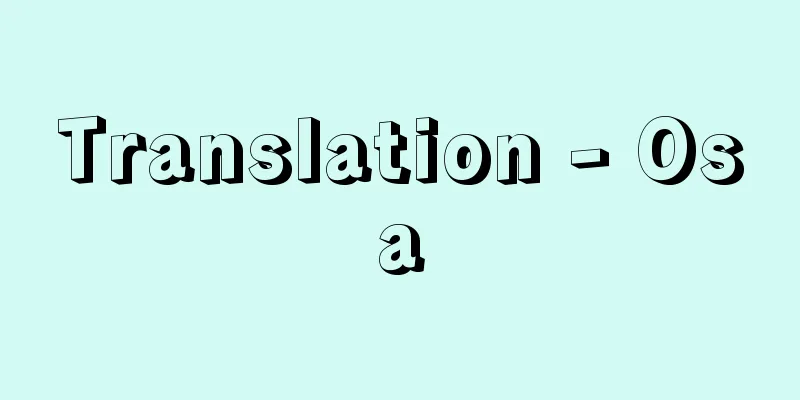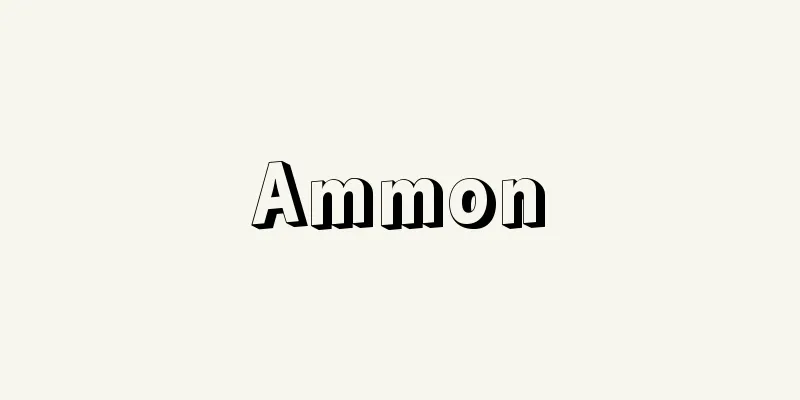Sound level meter - Sound level meter

|
An instrument that measures noise levels. Because noise itself is a sensory quantity, there are considerable differences in how it is perceived depending on the individual and environmental conditions. However, because an objective and unified scale is necessary to regulate noise, the relationship between the physical strength of a sound and the loudness of noise is regulated by international standards based on the standard human hearing characteristics. The Japanese Industrial Standard "Indicating Sound Level Meter" has been established to specify the structure and characteristics of sound level meters. A sound level meter consists of a microphone, a frequency weighting circuit, an amplifier, an indicator, a calibration device, and a power supply, each of which has its own standard characteristics and tolerances. The frequency weighting circuit, which is the most important in expressing the uncertain quantity of noise in numerical terms, is standardized to have three frequency characteristics, A, B, and C, which are switched according to the loudness of the target noise. This corresponds to the fact that the frequency characteristics of human hearing vary depending on the intensity of the sound, with the A characteristic approximating the human hearing characteristic for a relatively quiet sound of about 40 decibels (dB), the B characteristic approximating the hearing characteristic for a medium sound of about 70 decibels, and the C characteristic approximating the hearing characteristic for a loud sound of 85 decibels or more. When making a measurement, it is required that the type of hearing weighting circuit used be specified along with the measured value, for example, 80 decibels (A). Technical standards for sound level meters used to regulate noise pollution are stipulated by law, and the scale is calibrated based on national standards. [Mitsui Kiyoto] [Reference] |Source: Shogakukan Encyclopedia Nipponica About Encyclopedia Nipponica Information | Legend |
|
騒音レベルを測定する計器。騒音そのものは感覚量であるため、個人差によって、また環境条件によってその感じ方にかなりの違いがある。しかし、騒音を規制するうえでは客観的かつ統一的な尺度が必要なため、標準的な人間の聴覚特性を基準に国際規格などによって物理的な音の強さと騒音の大きさとの関係が規定されている。騒音計の構造や特性に対して日本工業規格「指示騒音計」が制定されている。 騒音計は、その構成要素としてマイクロホン、周波数補正回路、増幅器、指示計器、校正装置、および電源を有しており、それぞれに標準特性と許容差が定められている。これらのうち、騒音という不確定な量を数値で表すうえでもっとも重要な働きをする周波数補正回路については、A、B、Cの3種の周波数特性をもつものが規格で決められており、対象とする騒音の大小に応じて切り換えて使用する。これは、人間の聴覚の周波数特性が音の強さによって異なることに対応したものであり、A特性はおよそ40デシベル(dB)の比較的小さな音に対する人間の聴覚特性に、B特性は約70デシベルの中程度の音に、C特性は85デシベル以上の大きな音に対する聴覚特性に近似させたものである。測定にあたっては、使用した聴覚補正回路の種類を測定値とともに、80デシベル(A)のようにかならず明記するよう規定されている。騒音公害の規制のために用いる騒音計については技術基準が法令で定められており、国家標準に基づく目盛り校正が行われている。 [三井清人] [参照項目] |出典 小学館 日本大百科全書(ニッポニカ)日本大百科全書(ニッポニカ)について 情報 | 凡例 |
>>: Noise - Souon (English spelling)
Recommend
Weight - weight
Also called weight. The magnitude of the Earth'...
Sa City - Sa
Jingzhou City is a district located in the south-...
Cosmos sulphureus; orange cosmos; yellow cosmos
It is an annual plant of the Asteraceae family, na...
Patent Cooperation Treaty
A treaty under which an application for the same ...
Hunan [Province] - Konan
A province in central China, south of Lake Dongtin...
Arctoperlaria
…The larvae are food for stream fish and play an ...
ARAMCO
A common name for Arabian American Oil Co. The wor...
Kappo - Kappo
...It is used by young girls in formal attire and...
Psychiatry - seishinigaku (English spelling) psychiatry
Psychiatry is a branch of medicine that deals with...
Nowra, L.
... In terms of plays, the equivalent of Lawson i...
Mure [village] - Mure
A village in Kamiminochi County in northern Nagano...
Intermolecular forces
There are two main types of forces that act betwe...
Saint-Cyr-l'École
A town in the Yvelines department in northern Fran...
《Oiseaux exotiques》 (English notation) Oiseauxexotiques
...His "series integral" compositional ...
micro-race
...Homogeneity is a comparative concept. There ar...









